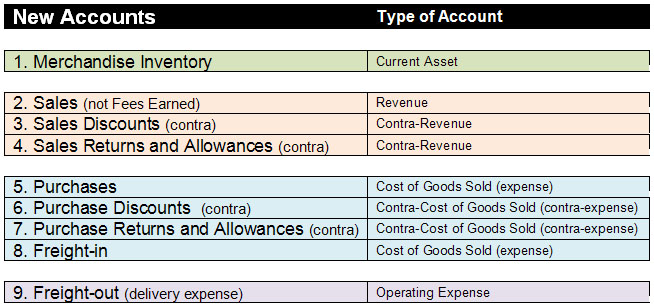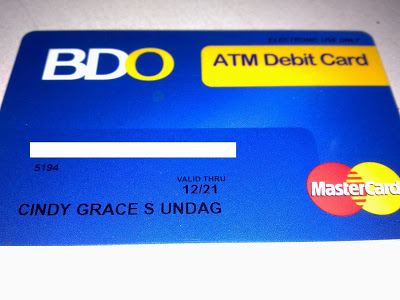Fighting the chargeback will require the merchant to provide evidence, and the process can take weeks, even months, of additional administrative burden. Even if the merchant wins, a high volume of chargeback requests can result in the bank or card networks classifying the merchant as high risk, and applying stricter security thresholds on it. In extreme cases, a merchant with an excessive chargeback rate can have their account suspended by the card networks, leaving them unable to trade. This is possible because card payments can take days or even weeks for the funds to be transferred from the customer’s bank to the merchant’s bank. Authorisation is a way for the customer’s bank to approve that the payment can take place, and ringfence those funds in the customer’s account ready to be paid out.
Depending on the type, payment reversals may be initiated by the customer, the merchant, the card network, the issuing bank, or the acquiring bank. While a payment reversal might never be desirable, they’re not all equally bad for the merchant. Just like a regular payment reversal, a reverse debit card purchase is when the merchant returns the customer’s money to their bank. The difference between a debit and a credit card in this situation is that the reversal appears as a credit on the account identical to the original purchase.[1]Sapling. A refund happens when a customer gets their money back for something they previously purchased. If the original purchase took place via credit card, a merchant can initiate the refund process through their credit card processor.
Chargebacks
Additionally, chargebacks arise when customers initiate refunds due to dissatisfaction with the order. Authorization issues usually result from a miscommunication between two entities that agree to a financial transaction online and cannot be fulfilled because of wrongly authorized payments. Conversely, canceled orders can also lead to reversals if the buyer changes their mind before the transaction is complete but after funds have been withdrawn from the account. Merchant errors can result in payment issues as well; for example, a mistake may occur which prevents an account from properly being charged or credited.

Each type of payment reversal has its own rules, restrictions, and costs. In order to make sure their businesses operate with maximum efficiency, merchants need to have a thorough understanding of their similarities and differences. Let’s break down the different https://accounting-services.net/the-marketing-80-20-rule-and-how-to-take-advantage/ types of payment reversals, how each of them works, and how merchants can best use them to increase customer satisfaction and protect their bottom line. To help minimize the risk of payment reversals, make sure you’re using a secure payment method.
What are split payments and how can they benefit marketplace businesses?
In this case, the authorization hold on the customer’s account is released, and the funds are made available again. Authorization reversals typically happen within a few days, depending on the payment processor’s policies. Learning more about this phenomenon is essential to avoid these costly problems in the future. In this blog post, we’ll talk through what causes payment reversals, how they differ from chargebacks or refunds, and practical strategies for mitigating their impact on your business success.
What is the reason for payment reversal?
Payment reversal is an umbrella term describing when transactions are returned to a cardholder's bank after making a payment. They can occur for the following reasons: Item sold out before it could be delivered. The purchase was made fraudulently.
In this section we will revisit some of the reasons why a payment reversal is initiated, and what a merchant can do in each situation. Each type of payment reversal is different and knowing what these differences are will help merchants to optimize the way that they deal with them. Now, let’s explore refunds and reversal transactions in a little more depth. When it comes to transactions, lots of people struggle to grasp the difference between refund and reversal transaction. The two terms might seem similar, but they possess some slight but significant differences. You might have perfect products, flawless processes, and impeccable customer service.
Why would a bank reverse a payment?
For this reason, it’s always a good idea to have a generous refund policy and offer attentive and compassionate customer service when a customer comes to you with a problem. Providing a full and prompt refund is your best chance at salvaging the relationship with a dissatisfied customer. Because of their ability to prevent chargebacks, both Visa and Mastercard have mandated the use of these authorizations for all refunds. Customers are always happiest when the money never leaves their account, especially in the case of a transaction made in error.

When you receive authorization, it means you’ve gotten a message from the issuing bank. The authorization message informs you, as well as your payment processor, that the cardholder has the necessary funds or credit available. These funds are locked in the buyer’s account and cannot be used, Reversing and canceling payment transactions but you haven’t actually received the funds yet. The reason behind a payment reversal on a credit card is usually linked to which party initiated the process. An issuer might request a reversal due to a merchant error, for instance, whereas a buyer may simply be unhappy with the purchase.
Leave a Reply